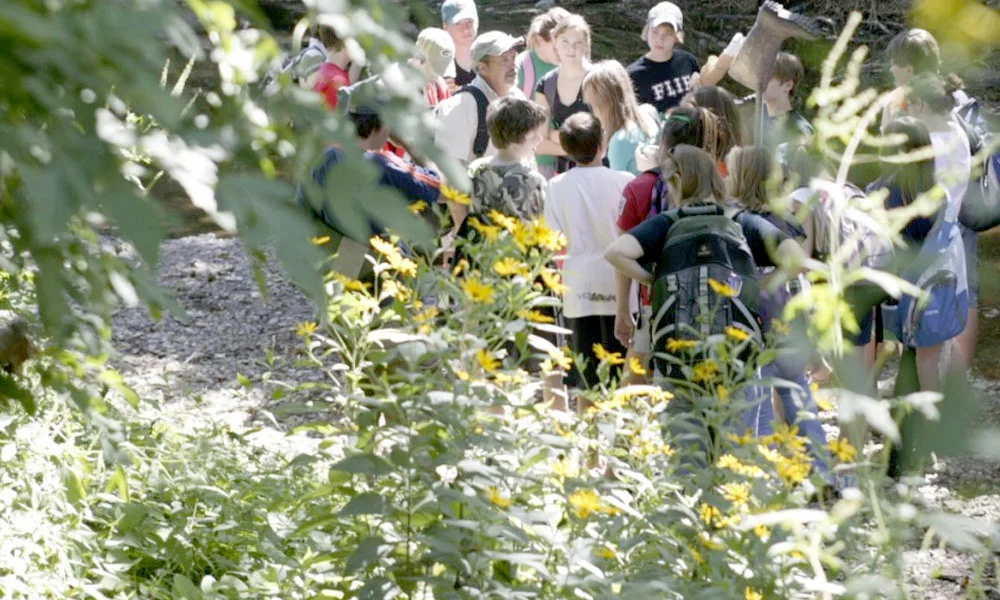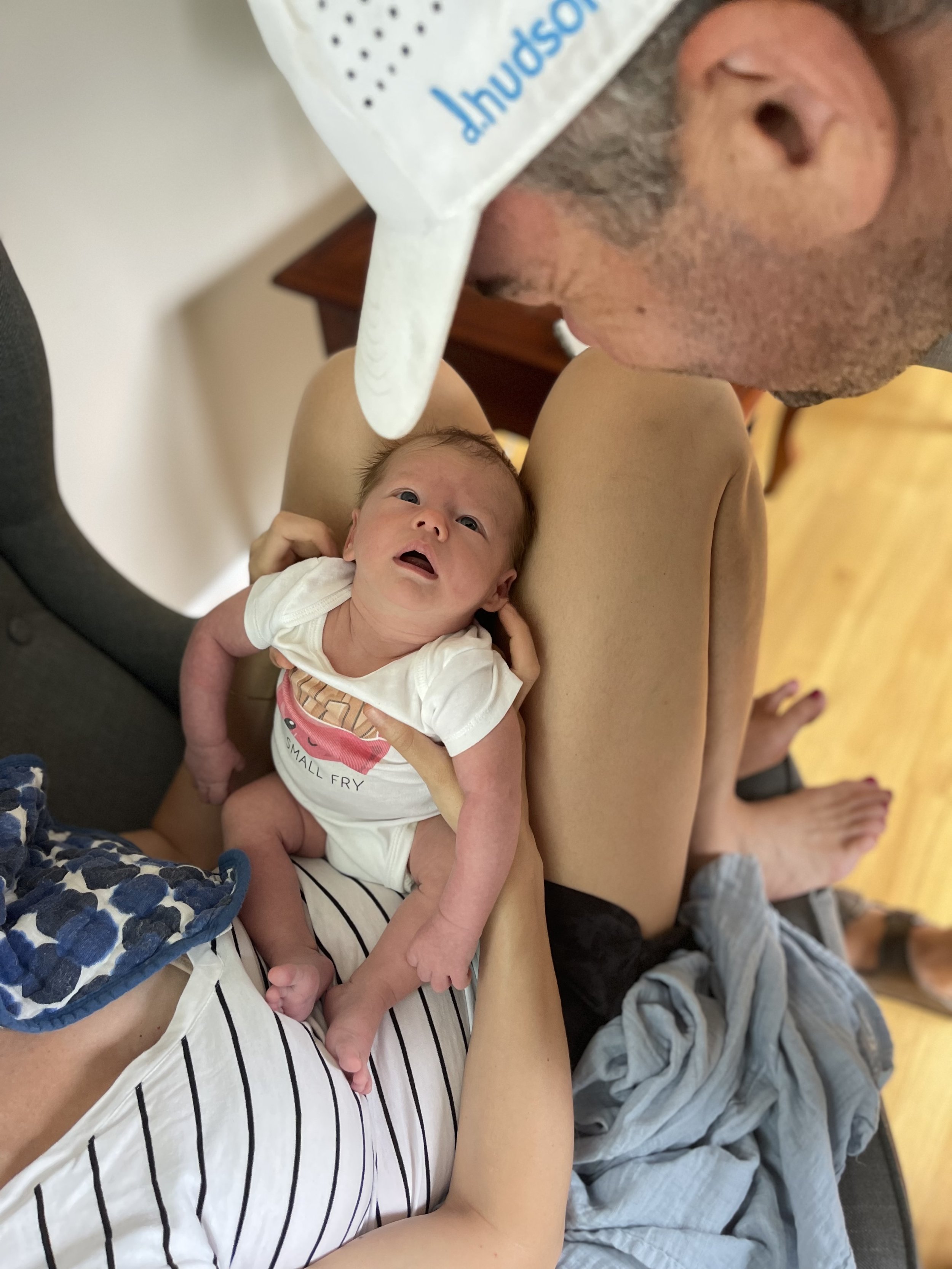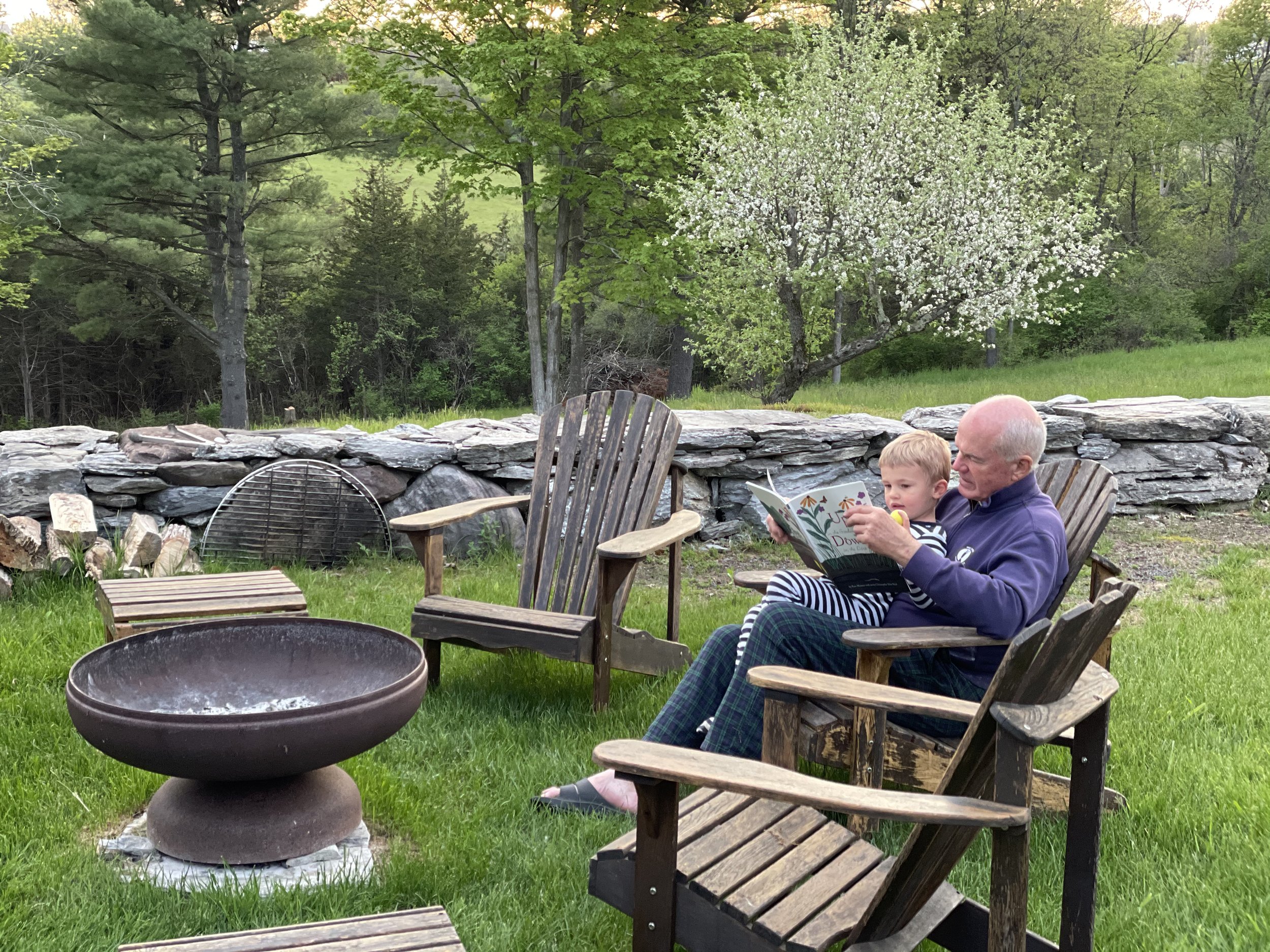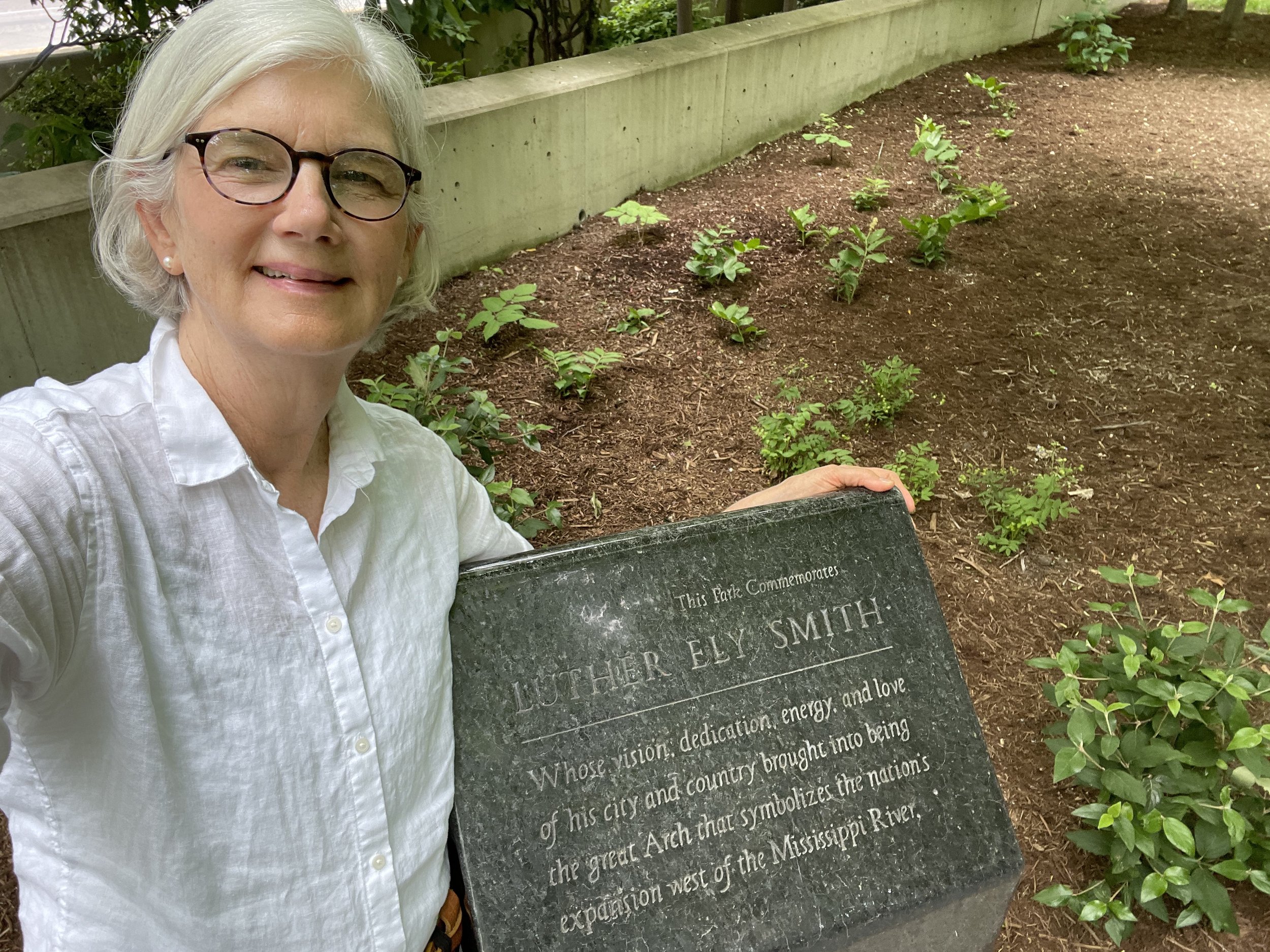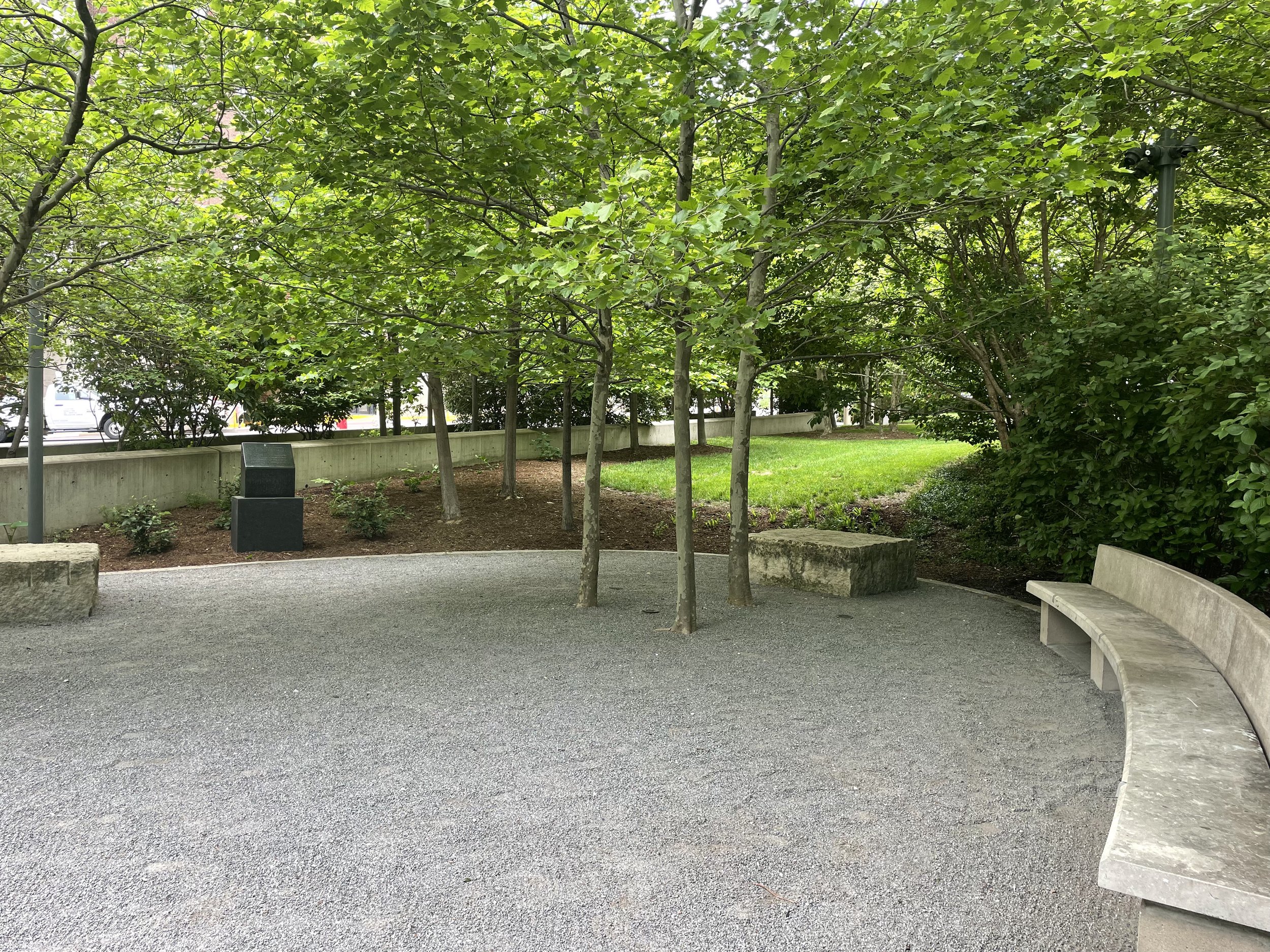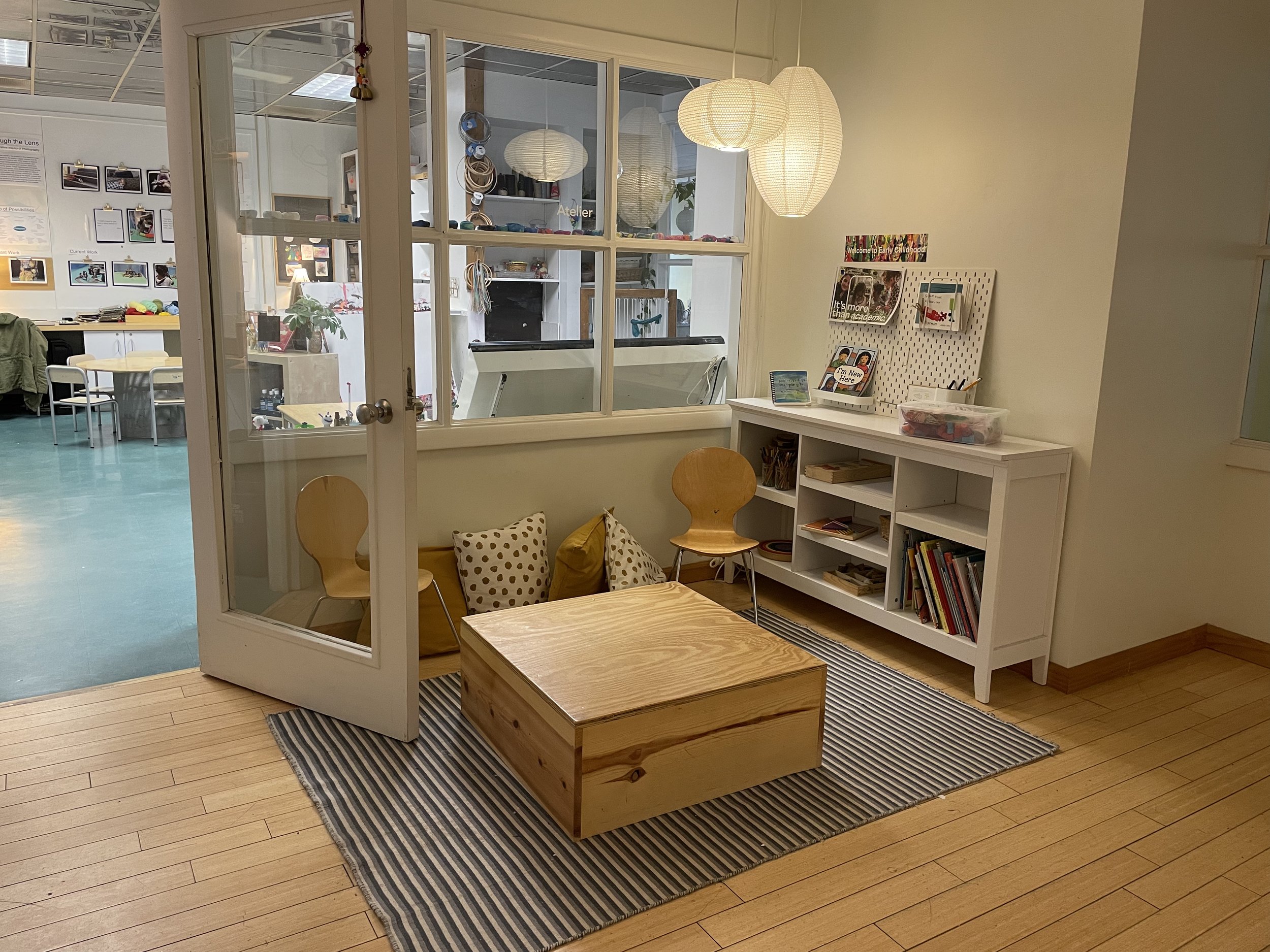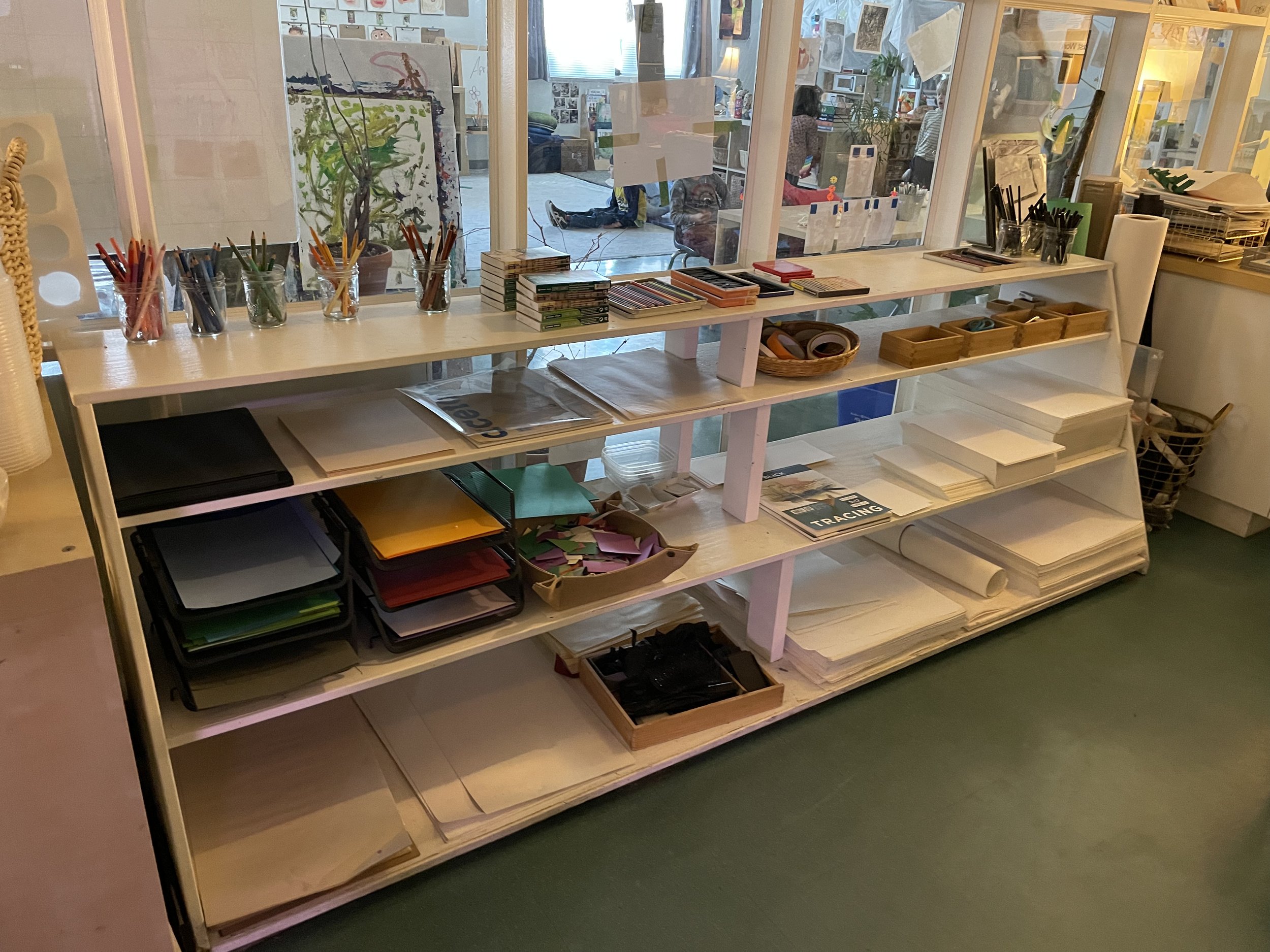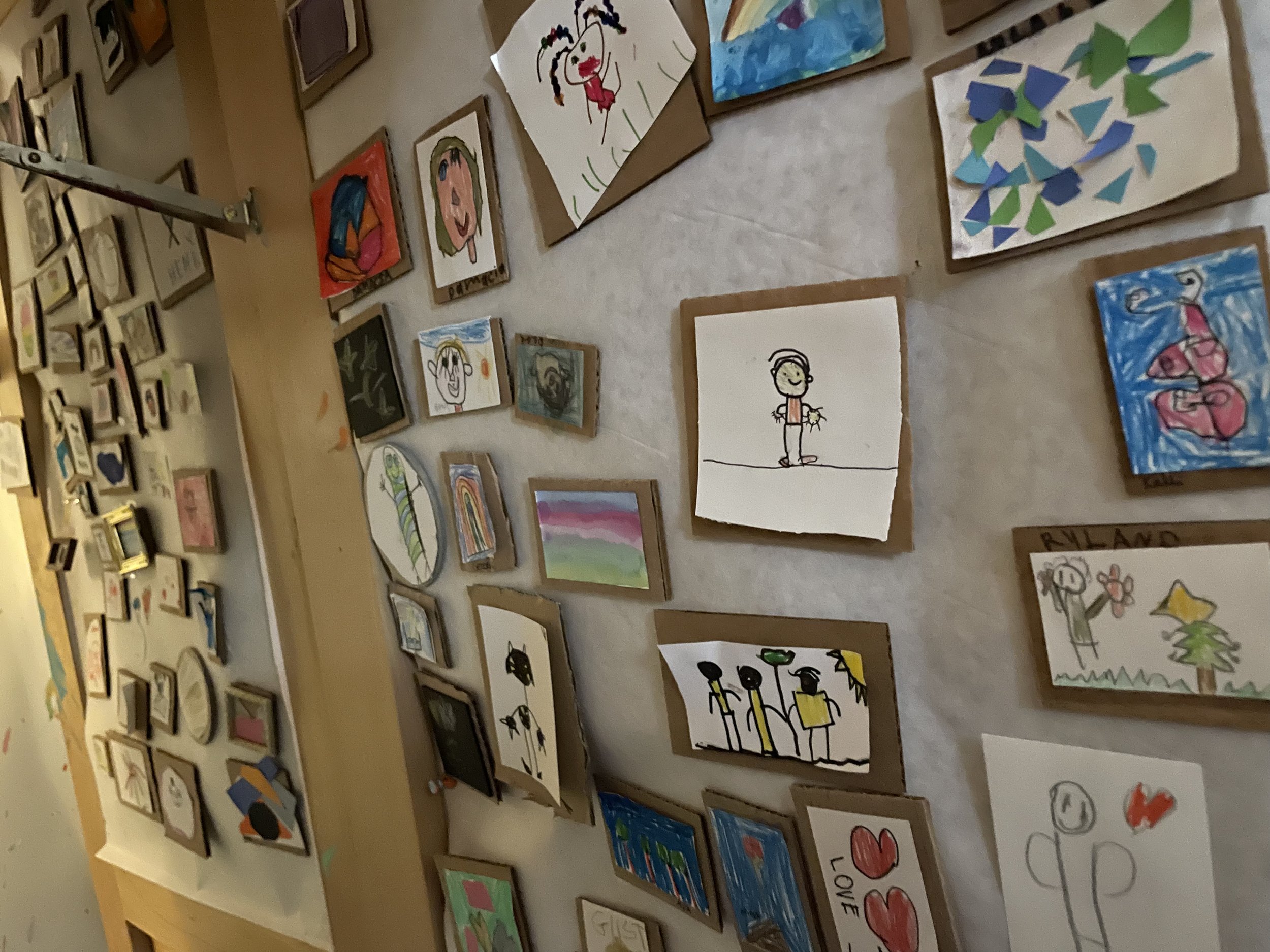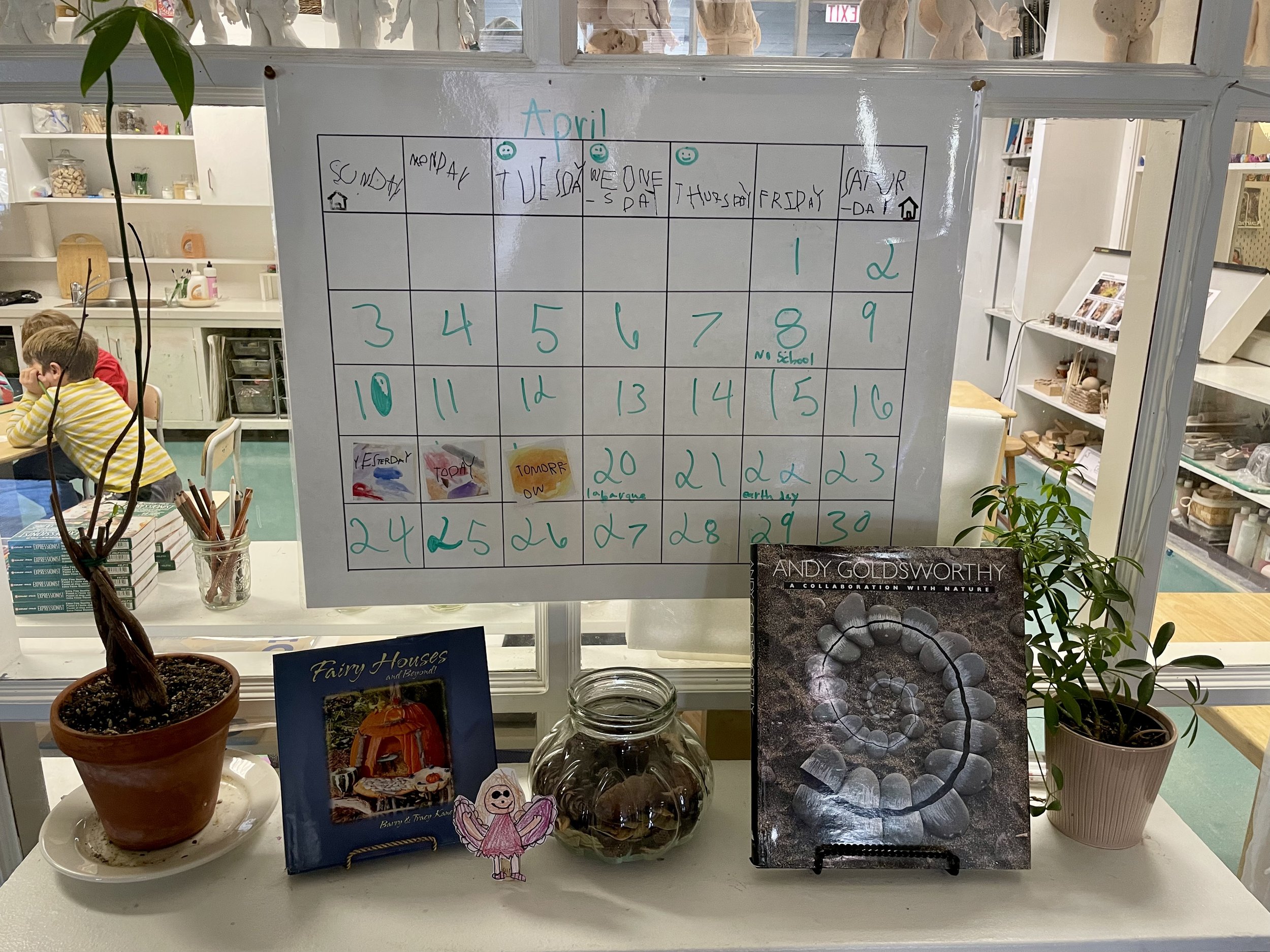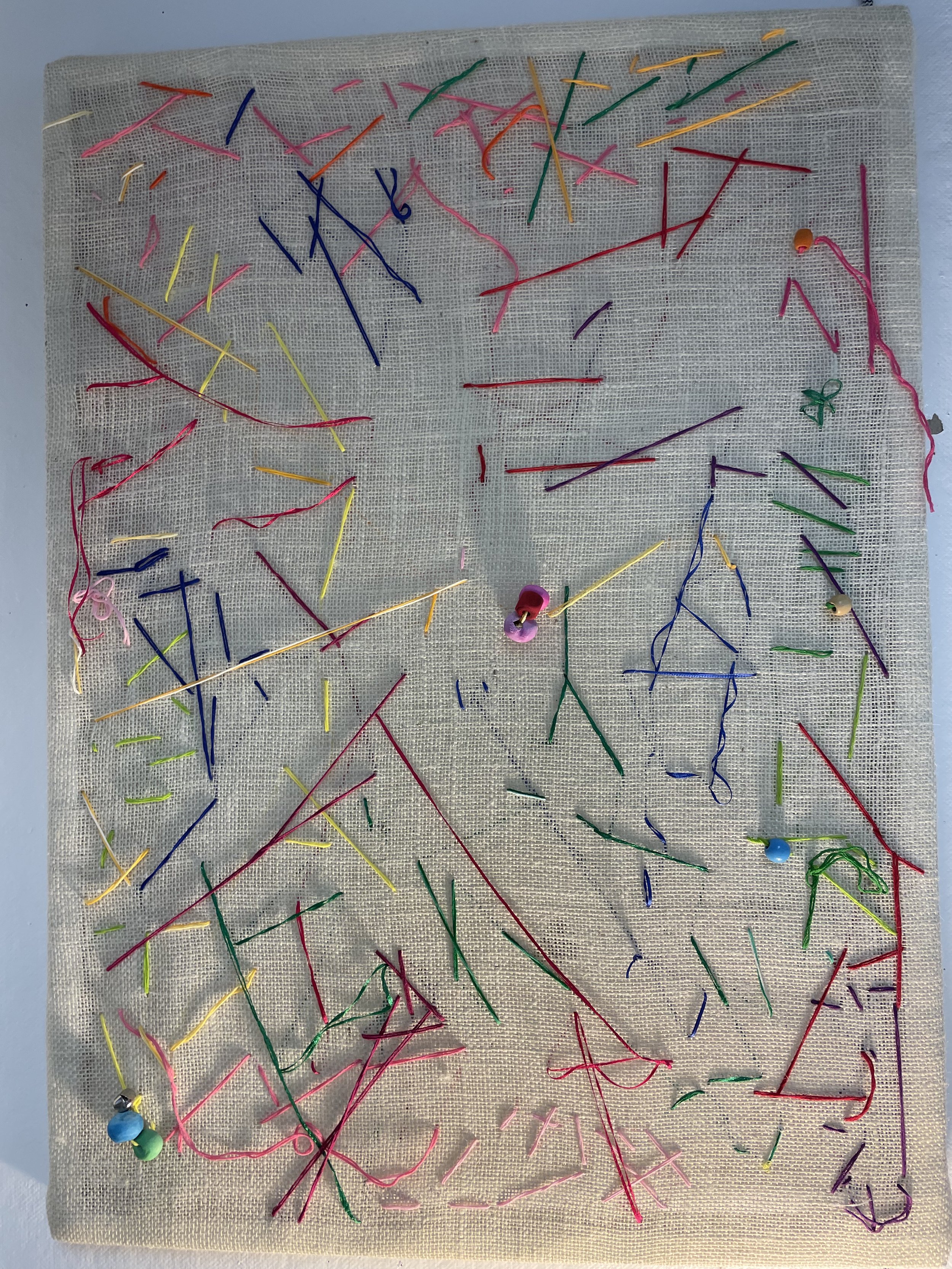Working with Principia School through classroom and curriculum transformation
When I left The St. Michael School of Clayton in 2008, I gave up being a Head of School to become a full time consultant to other schools. I remember my excitement as I launched with Louise our new venture, Cadwell Collaborative. However, I also felt some regret. For some time I second guessed myself. I was 60 years old. I had invested 16 years to create with several marvelous colleagues a unique and successful educational program, one that hundreds of other educators had come to observe over the years. The school was humming along on a solid foundation of best practices and the faculty was ever ready to discover even better and more creative ways to organize and invent authentic learning experiences. And, I had developed a keen understanding of how to share the leadership of this progressive enterprise.
Why would I leave? My intuition told me to. I knew I was doing the right thing…but why? Now, 14 years later, I’ve just read From Strength to Strength by Arthur Brooks, and I know why. The subtitle of the book points to how I grew after I left The St. Micheal School and how I have been happily evolving ever since: Finding Success, happiness and deep purpose in the second half of life…or as Brooks also calls it, the second curve.
For me, Brooks’ first stunning assertion was: in practically every high skill profession, decline sets in sometime between one’s late thirties and early fifties. (p.4) Huh?!?! Well, to be honest, I had to admit that I was tired — tired of the daily, seemingly relentless multi-tasking. And here Brooks relieved my feeling inadequate as he based the decline in brain research: “…structural changes in the brain — specifically the changing performance of the prefrontal cortex (the part of the brain behind your forehead)…primarily responsible for working memory, executive functioning….” (p.13). Yup, that was me…with my shrinking forehead I could no longer keep up. Looking back, I know this was true, but I never realized it…or, I never admitted it.
Besides, there was part of being Head of School that I enjoyed, that I was good at…better than ever. And here Brooks shined another light: “two types of intelligence that people possess, but at greater abundance at different points in life.” (p.25). Brooks cites Raymond Cattell’s research. Cattell writes: “Fluid intelligence is conceptualized as the decontextualized ability to solve abstract problems, while crystallized intelligence represents a person’s knowledge gained during life by acculturation and learning.” Brooks has a helpful translation of this: ”When you are young, you have raw smarts; when you are old you have wisdom. When you are young, you can generate lots of facts; when you are old, you know what they mean and how to use them.” (p.27)
At 60, after 16 years at the school I had reached the point where my fluid intelligence had ebbed and my crystallized intelligence was flowing. I was able to maintain, without embarrassing myself too much, the daily moment to moment demands, but with more and more effort. However, I thrived in the curriculum planning meetings and leading professional development sessions, and in personal consultations with students, parents and board members. I was drained by the former and fulfilled by the latter.
And here, Brooks affirmed my decision to leave the Head of School job and begin a consulting career. He references the 1st century Roman philosopher, Marcus Julius Cicero, who as Brooks summarized, “believed three things about older age. First that it should be dedicated to service, not goofing off. Second, our greatest gift later in life is wisdom, in which learning and thought create a worldview that can enrich others. Third, our natural ability at this point is counsel; mentoring, advising, and teaching others, in a way that does not amass worldly rewards of money, power, or prestige. (P31)
I realize that those three things have been the core of the fulfillment I have felt over the past 14 years. My work with Louise in schools is counsel…and wisdom (I hope). My volunteer work as Chair of the Building Committee for our local Habitat for Humanity board, and as Treasurer of the John Graham Homeless Shelter is service (with dashes of wisdom and counsel).
That said, the transition from being Head of School to being an education consultant and not-for-profit board member (what Brooks calls jumping from my first curve to my second curve) was not seamless. Brooks dedicates roughly a quarter of his book to explain the three things that hold one back from making the jump: ‘addiction to work and success, attachment to worldly rewards, and fear of decline.” I definitely manifested bits of all of those and Brooks’ in depth exploration of each was illuminating.
In many was my second curve has been even more fulfilling than my first. And being a founding partner in The Green Mountain Valley School, living for a year in Reggio Emilia, Italy, transforming The St. Michael School, traveling with Louise and our boys, designing and building our homes and others, filled a first curve to be deeply thankful for. In the last half of his book, Brooks explores three things that make the second curve better than the first: develop relationships, start a spiritual practice, and embrace your weaknesses. I am intrigued and inspired by each of these. I find myself more conscious than ever of my deep connections with family and friends (old and new). I am firmly grounded in my morning mediation practice (most delightfully in garden season when I sit in a raised bed garden that I built and cultivate, under a trellis of honey suckle vine visited regularly by the thrum of a band of humming birds). I am humbled by my awareness of this physical body slowly falling apart despite miraculous insertions of titanium. I know I can form strong opinions, so I work daily to be mindful of other points of view. I know I can be quick in my responses, so I work to be careful and respectful with my words. I know that I can be self-centered, so I work to be compassionate and to open my heart.
While there is no one path for everyone, and mine is my own, as is yours unique to you, Arthur Brooks has composed a deeply meaningful and useful reflection on how to live one’s life. Not surprisingly, it’s a New York Times Best Seller.
My raised bed garden, affectionately known as My Chapel Garden

